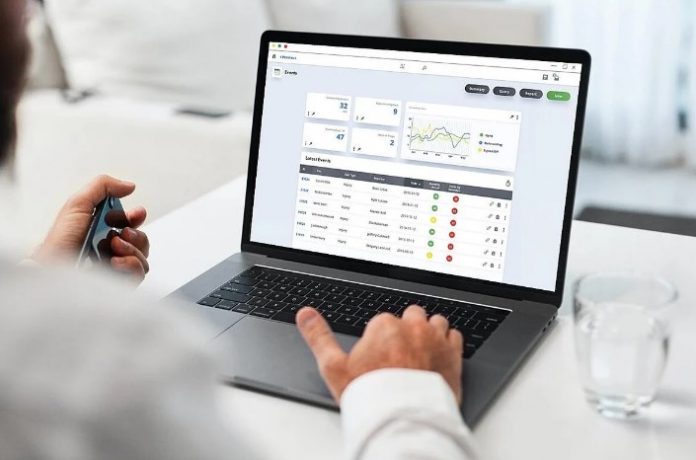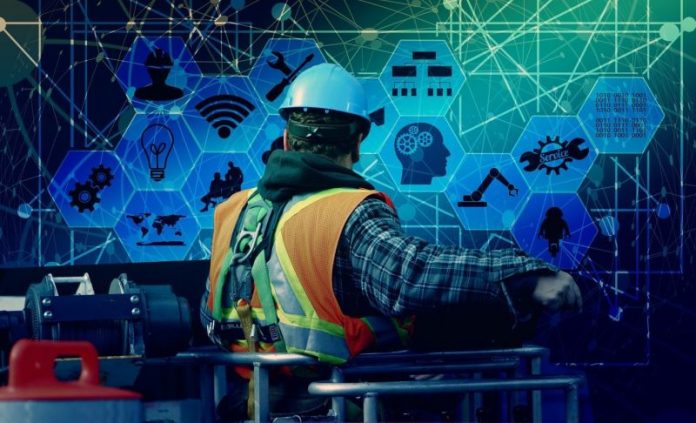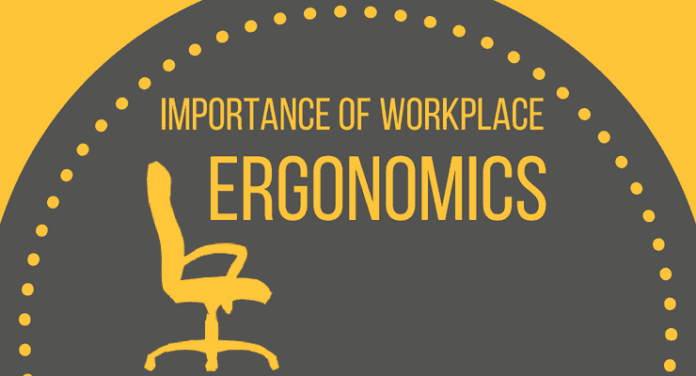EHS stands for Environment, Health & Safety. As E stands for environment it entails the natural world surrounding us in the context of compliance. In other words, rules and regulations created to help protect the environment. The H represents rules to help protect the health of employees and the S are the rules created to protect the safety of workers. Health and Safety are often put together and are regulated by one agency. E is a bit more specific and has to be regulated by a select environmental agency.
What is the Difference between EHS and SHE?
It actually refers to the same thing. The difference is whereas Environment, Health and Safety (EHS) is a North American term by Britain and European countries often prefer the Safety, Health, and Environment (SHE) name. The names are however interchangeable.
How Can EHS Software Help Your Company?

Health and safety has been revolutionised beyond the humble pen and paper and there are plenty of EHS compliance software options out there to help you protect your workforce, like Capption’s EHS system.
An EHS compliance software system will allow you to digitise all your health and safety documents instantaneously and will allow for data to be entered either in the office or remotely. This means that the software makes legal compliance a lot easier as we enter a more digital world.
Why is EHS Important for Your Company?
EHS is important because it protects both the environment and your employees. When it comes to the environmental aspect, it allows you to conduct business in an environmentally sound way. EHS manages compliance with all of the local environmental laws that are in place to safeguard the environment.
And when it comes to the Health and Safety aspect, it is in place to protect your workforce from possible hazards in the workplace. Health and Safety rules and regulations vary from country to country and it’s really important that you learn all your local ones.
How to Create an EHS Policy?

You can compare your company’s EHS policy to your current Human Resources policy as it creates rules all employees must follow. It is really important to have EHS in place to allow your company to set the standard for how you deal with corporate responsibility and sustainability. Creating a policy can be really detailed and tricky but EHS compliance software is useful to help you create your own set of rules and regulations. It is definitely the way forward.
What is One of the Top Benefits of EHS?
We have become more globally aware of the impact that ‘dirty’ businesses can have on the environment. By proving you have a successful system in place, you can earn extra points from environmentally conscious consumers. Not only will it allow you to lower your environmental impact but also prove to consumers that you take the well being of your employees very seriously.
What Are the Reasons My Company Needs EHS Software?

- It Ensures a Safer Workplace
The most important aspect you should consider when choosing EHS software and learning how to use it correctly is that it will protect your staff from unnecessary discomfort and injuries. By having this software system in place, your colleagues, employees and the authorities will see that you take EHS very seriously in your workplace.
- It Helps with Legal Compliance
The right EHS software can help you ensure that your business meets all the current and local legal requirements. Should someone make a claim that can hurt the business, you can easily find every document you need pertaining to the claim. This makes it so much easier than the old-school versions using printouts and spreadsheets. Using the latter can make any legal claim a real administrative nightmare.
- It Allows You Deeper Insights
EHS management software allows data to be monitored, tracked and, most importantly, centralised. This means you will have all the relevant info at hand to help with strong reporting functionality and data insights. Because of these deep insights, you will be able to accurately analyse trends and proactively put the relevant measures in place.
- It Provides Business Benefits
With tougher penalties in place for health and safety offences, the financial benefits of good health and safety practices in 2024 are bigger than ever. Fewer accidents also mean better productivity and happier employees.
- It Allows Mobile Incident Reporting
Mobile incident reporting has been so widely adopted over the last few years that not having it available could mean that your business gets left behind.
For more information, Capptions has dedicated several of their blogs to the information on EHS systems.
I Need to Buy Some Equipment for My Workstation (a keyboard, mouse, etc.). Do I Need Permission from the EHS team?
No. Ergonomic items can be purchased exactly the same way as you would for instance buy a stapler for your office. You do, however, have to speak to your offices’ EHS team for further information you may need when ordering office equipment.
Do I Need Permission from EHS to Change an Aspect of My Workstation?
No. If your workstation setup is making you feel uncomfortable, you can move things like your monitor around to better suit you and to avoid unpleasantness such as eyestrain, wrist pain as well as back pain. So feel free to move things around to avoid this.
What is Ergonomics?

The dictionary describes ergonomics as: “the study of people’s efficiency in their working environment”.
When looking for more detail, it is also described as: “Ergonomics can roughly be defined as the study of people in their working environment. More specifically, an ergonomist (pronounced like economist) designs or modifies the work to fit the worker, not the other way around. The goal is to eliminate discomfort and risk of injury due to work.”
The International Ergonomics Association Executive Council, August 2000 described it as:
“Ergonomics (or human factors) is the scientific discipline concerned with the understanding of the interactions among human and other elements of a system, and the profession that applies theory, principles, data and methods to design in order to optimize human well-being and overall system performance.”









